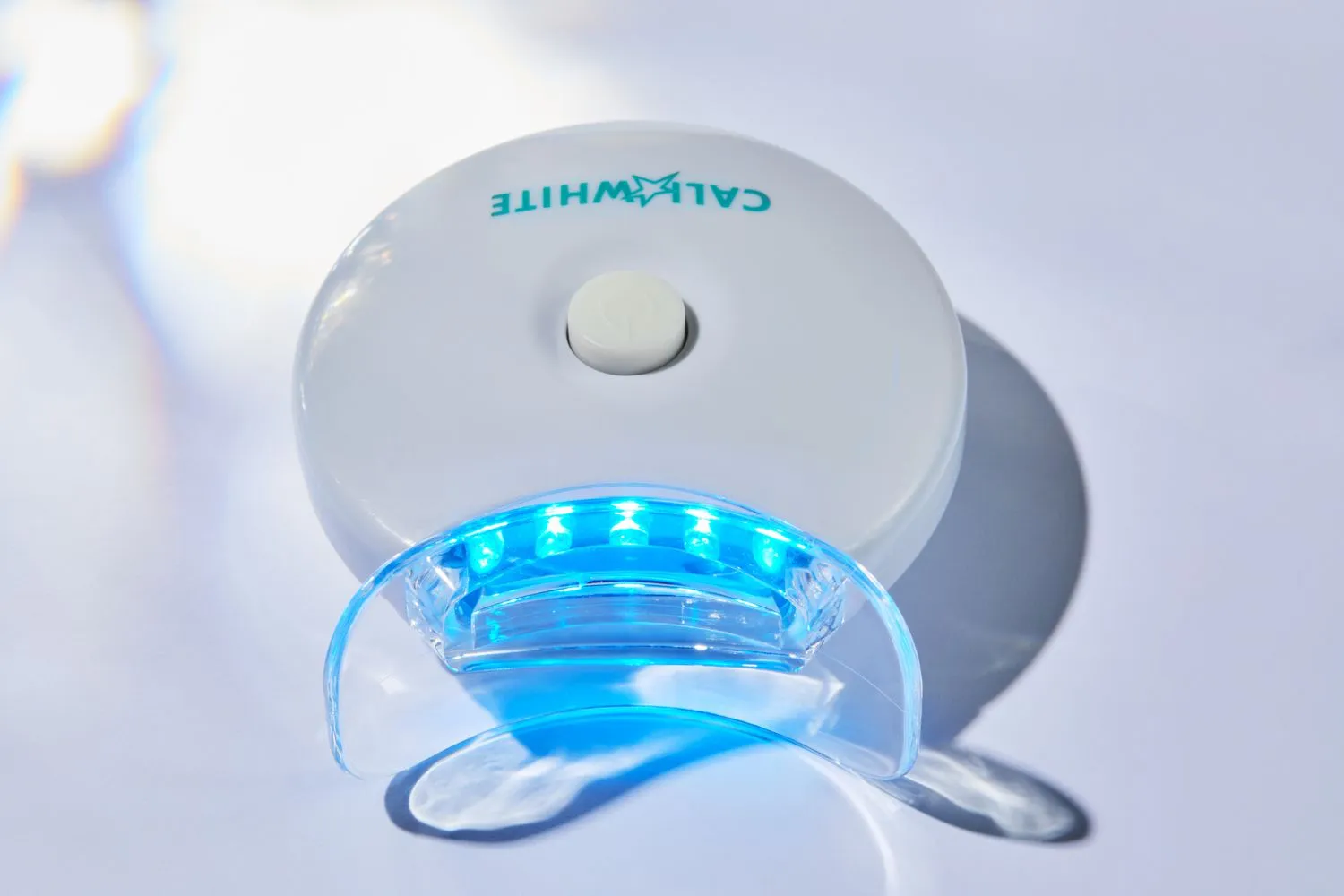What are LED Teeth Whitening Kits
LED teeth whitening kits have surged in popularity as a convenient and affordable way to brighten your smile from the comfort of your home. These kits typically include a mouthpiece with built-in LED lights and a whitening gel. The LED light is designed to accelerate the whitening process by activating the chemicals in the gel, usually hydrogen peroxide or carbamide peroxide. Unlike professional treatments, these kits offer a less expensive alternative, making teeth whitening accessible to a broader audience. Understanding the basic components and the intended purpose of these kits is crucial before delving into how they work and how to use them effectively. The core idea is to provide an efficient way to remove stains and discoloration, leading to a visibly whiter and brighter smile.
The Science Behind LED Whitening
The effectiveness of LED teeth whitening kits lies in the interplay of light and chemical reactions. The LED light emits specific wavelengths of light that interact with the whitening agent, typically a peroxide-based gel. When the light shines on the gel, it accelerates the breakdown of the peroxide molecules, releasing oxygen. This oxygen then penetrates the enamel and dentin, the layers of your teeth, breaking down the stain molecules that cause discoloration. The process is not about bleaching the teeth, but rather removing stains, allowing the natural color of your teeth to shine through. Different kits use different wavelengths and intensities of light, but the underlying principle remains the same — to enhance the whitening power of the gel.
How to Choose the Right LED Teeth Whitening Kit
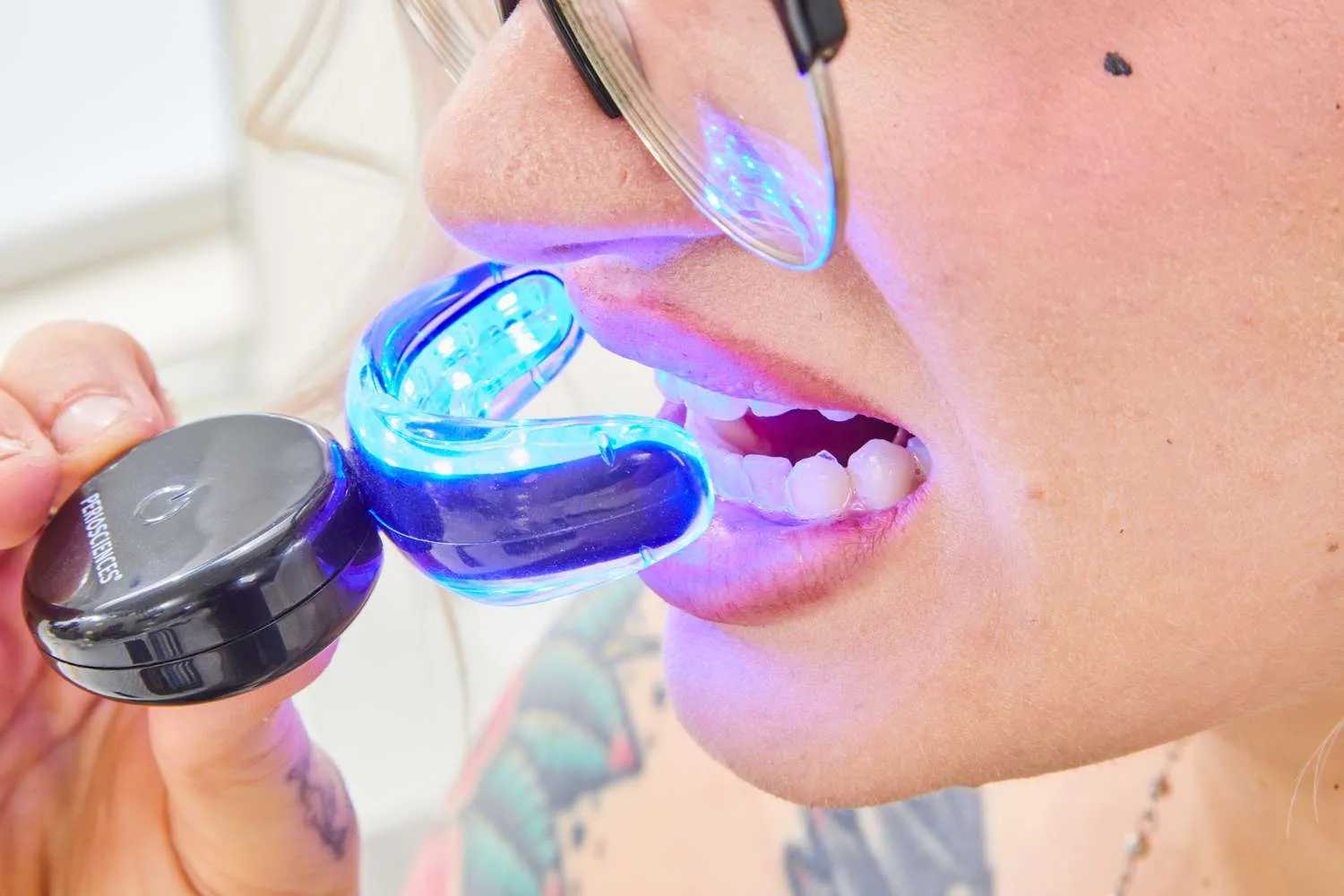
Selecting the right LED teeth whitening kit involves careful consideration of several factors to ensure both effectiveness and safety. Begin by checking for certifications and approvals from reputable dental organizations or regulatory bodies. These certifications often indicate that the product has been tested for safety and efficacy. Next, evaluate the concentration of the whitening agent in the gel, with higher concentrations potentially leading to faster results but also increasing the risk of sensitivity. Consider the type of LED light used; some kits offer different light spectrums, which may affect the whitening process. Finally, read reviews and testimonials from other users to gauge the kit’s performance and any potential side effects. Choosing a kit that aligns with your specific needs and dental health status is essential for a positive experience.
Factors to Consider
When deciding on a kit, examine the design of the mouthpiece for comfort and fit, as this directly impacts your experience. The size and shape of the mouthpiece should be comfortable and allow the LED light to reach all your teeth evenly. Battery life or power source is another critical factor, as you don’t want the light to die mid-treatment. Check if the kit comes with sufficient gel for multiple uses and if it’s easy to replenish. Furthermore, assess the ease of use of the kit, including how simple the instructions are and whether the process fits into your daily routine. Consider the warranty and customer support offered by the manufacturer, as this provides peace of mind and support if issues arise. Consider the value for money — does the kit provide a good balance between price, features, and user reviews?
Ingredients and Safety
Understanding the ingredients is crucial for a safe and effective whitening experience. Most LED teeth whitening kits use hydrogen peroxide or carbamide peroxide as the active whitening agent. Hydrogen peroxide is a stronger bleaching agent and typically provides faster results, while carbamide peroxide breaks down into hydrogen peroxide, offering a more gradual whitening effect. Both can cause temporary tooth sensitivity or gum irritation, so always follow the product’s instructions carefully. Check for other ingredients that might cause allergic reactions or sensitivities. Always consult with your dentist before using any whitening kit, especially if you have existing dental work, such as fillings or crowns, or if you have sensitive teeth. Your dentist can provide personalized advice and ensure the kit is appropriate for your specific dental health.
Step-by-Step Guide Using LED Whitening Kits
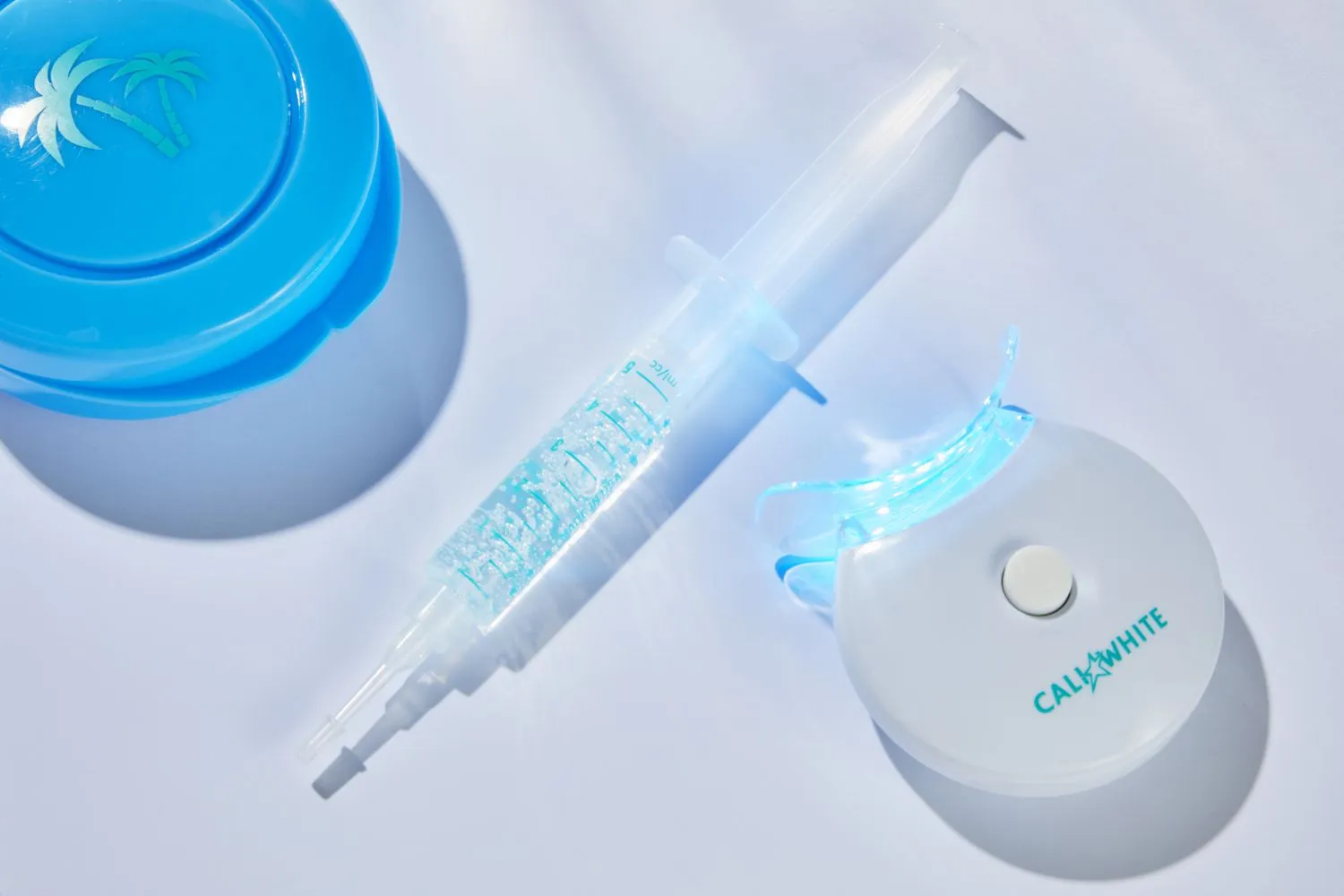
Preparation Before Whitening
Prior to using an LED teeth whitening kit, thorough preparation is key to maximizing results and minimizing potential issues. First, brush your teeth gently to remove any surface debris or food particles, but avoid using abrasive toothpaste, as this could increase sensitivity. Floss your teeth to remove any plaque or food lodged between your teeth. After brushing and flossing, rinse your mouth with water to remove any remaining toothpaste residue. Inspect your teeth for any existing dental work, such as cavities or loose fillings. If you have any concerns, contact your dentist before starting the whitening process. Before using the kit, read the instructions carefully. Gather all the necessary materials, including the whitening gel, LED light, and any provided accessories. Make sure your hands are clean before handling the kit components.
Applying the Whitening Gel
Proper application of the whitening gel is critical for an effective and safe whitening treatment. Apply a thin layer of the gel to the surface of the mouthpiece. It is important to avoid overfilling the trays, as this could lead to the gel overflowing and irritating your gums. Some kits come with applicators like syringes or brushes to facilitate the application of the gel. Make sure that the gel is evenly distributed across the teeth surfaces that will be exposed to the LED light. Avoid applying the gel directly to your gums to minimize irritation. If gel gets on your gums, wipe it off immediately with a clean tissue or cotton swab. Always follow the product’s instructions, as the specific application method may vary depending on the brand of the kit.
Activating the LED Light
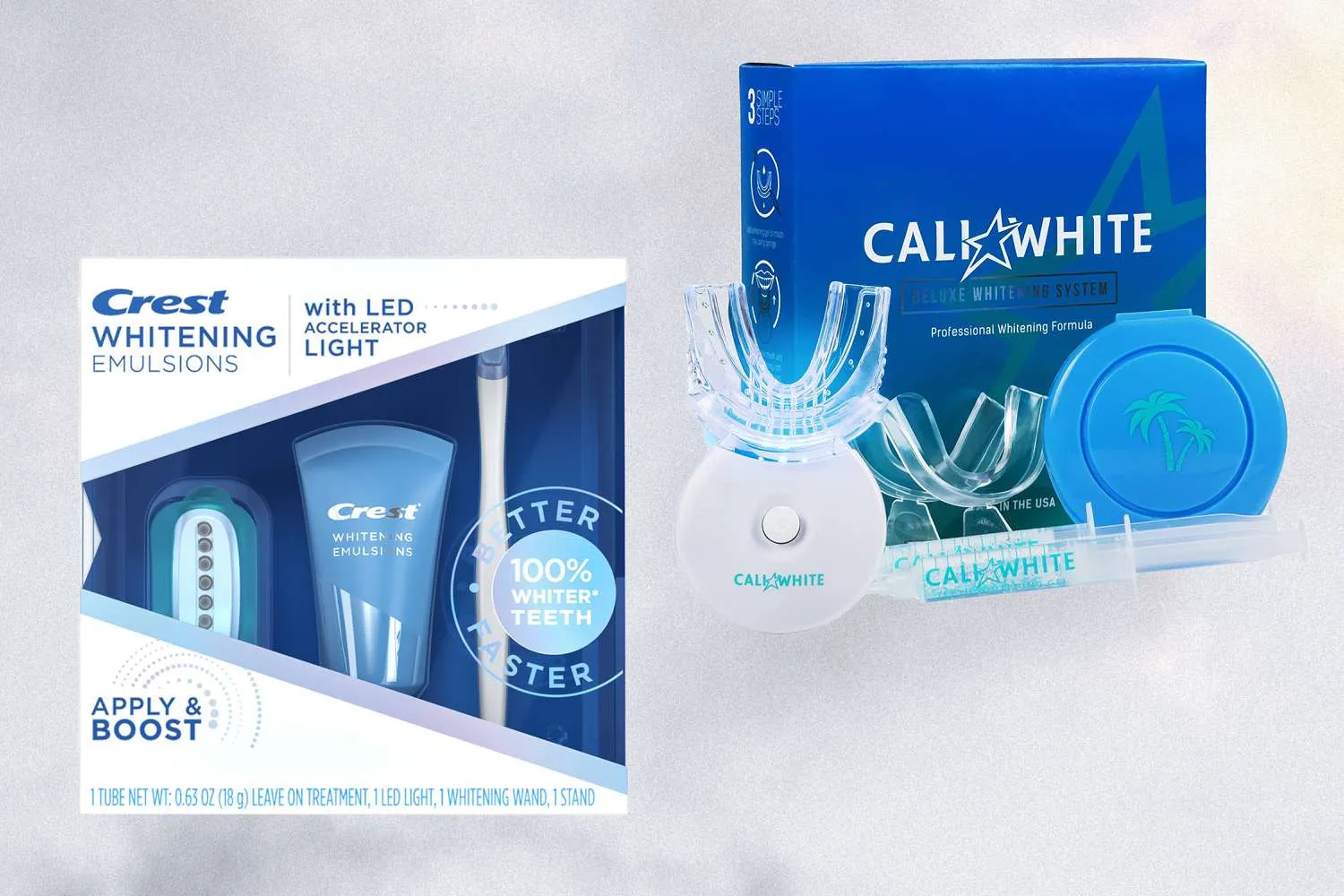
Once the gel is applied, carefully insert the mouthpiece into your mouth, ensuring it fits comfortably and covers all the teeth you wish to whiten. Turn on the LED light according to the kit’s instructions. The light will typically be activated by pressing a button on the device. Keep the mouthpiece in your mouth for the duration specified in the instructions, usually 10–30 minutes. During this time, avoid swallowing any excess gel and try to keep your lips sealed around the mouthpiece. You may experience some mild tingling or sensitivity during the process. After the timer goes off, remove the mouthpiece and rinse your mouth thoroughly with water. Clean the mouthpiece according to the kit instructions, usually by rinsing it with water and wiping it clean. Avoid using harsh chemicals or abrasive cleaners.
Aftercare Tips for LED Whitening
Aftercare is essential to maximize the results of your LED teeth whitening treatment and to maintain your newly whitened smile. Avoid consuming foods and drinks that can stain your teeth, such as coffee, tea, red wine, and dark-colored berries, for at least 24–48 hours after each session. This will help prevent the reabsorption of stains. Continue practicing good oral hygiene, including brushing your teeth twice daily with a fluoride toothpaste and flossing daily. Consider using a whitening toothpaste to help maintain the brightness of your teeth, but be mindful of the ingredients to avoid excessive abrasion. If you experience any tooth sensitivity, consider using a desensitizing toothpaste. Staying hydrated by drinking plenty of water will help rinse away any remaining gel and promote saliva production, which can help protect your teeth.
Maintaining Your White Smile
Maintaining your white smile after using LED teeth whitening kits involves a combination of good habits and strategic choices. Limit your intake of staining foods and drinks. Regular dental check-ups and cleanings can also help maintain your results. Discuss the use of professional teeth whitening treatments with your dentist. Consider using whitening toothpaste or mouthwash as part of your daily oral hygiene routine. Avoid smoking, as it is a major cause of tooth discoloration. You can also opt for touch-up treatments with your LED whitening kit every few months to maintain your desired level of whiteness. Proper care will prolong the longevity of your whitening results.
Common Mistakes to Avoid
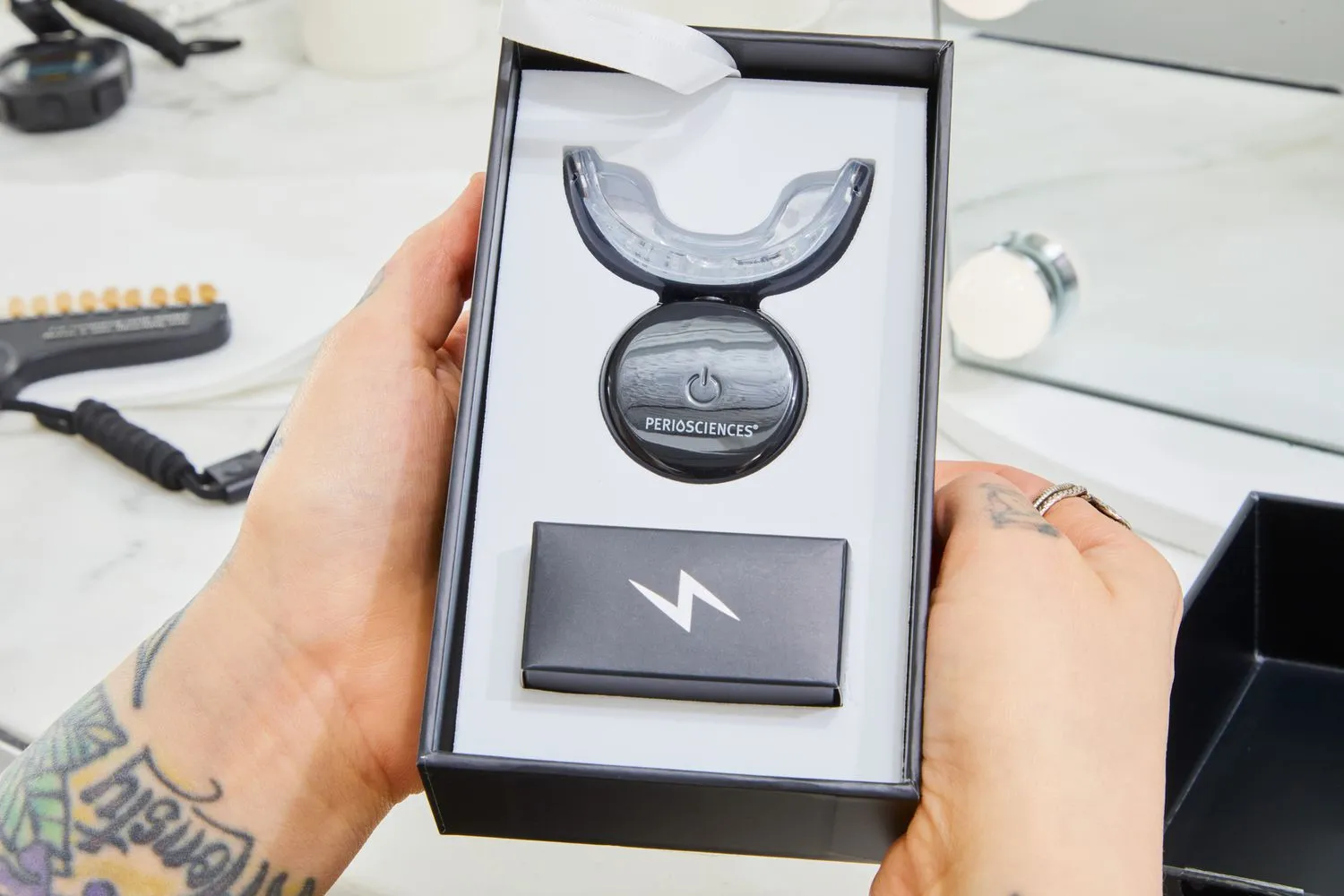
Avoiding common mistakes is essential for a safe and effective teeth whitening experience. Do not overuse the kit. Always follow the instructions and do not exceed the recommended treatment duration or frequency, as this could lead to increased sensitivity. Do not apply the whitening gel to your gums, as this can cause irritation and discomfort. Failing to maintain good oral hygiene can negate the effects of whitening and could lead to complications. Failing to consult your dentist, particularly if you have existing dental work or sensitive teeth, is another mistake to avoid. Neglecting to clean the mouthpiece properly can lead to bacterial buildup and potential infections. Do not expect the same results as professional treatments, as at-home kits typically offer more subtle changes. Ignoring any signs of sensitivity or irritation and continuing with the treatments can worsen the condition, so always listen to your body.
Expected Results and Duration
The results of LED teeth whitening kits vary based on several factors, including the initial shade of your teeth, the concentration of the whitening agent, and your adherence to the instructions. Generally, you can expect to see a few shades of improvement, but the extent of the change varies from person to person. It’s essential to be patient and realistic about the results, as teeth whitening is not a one-size-fits-all solution. The duration of the whitening effect also varies. The effects can last for several months, depending on your habits and maintenance routine. Avoid staining foods and beverages to maintain the results, and consider occasional touch-up treatments. Over time, some patients may see their teeth gradually revert to their original shade. Maintaining good oral hygiene practices and consulting with a dentist will help you extend the life of your white smile.
Alternatives to LED Teeth Whitening Kits
If LED teeth whitening kits aren’t suitable for your needs, several alternatives can help you achieve a brighter smile. Professional teeth whitening performed by a dentist is generally the most effective option, offering stronger whitening agents and more precise application. Whitening toothpastes and mouthwashes can help remove surface stains, but they typically don’t provide significant color change. Over-the-counter whitening strips are a convenient option and provide a more consistent whitening effect than some kits. Porcelain veneers and dental bonding offer a permanent solution for addressing significant discoloration. It’s best to consult with a dentist to determine which method is most appropriate for your individual dental health status and desired outcomes. The choice should align with your budget, time constraints, and aesthetic goals.
